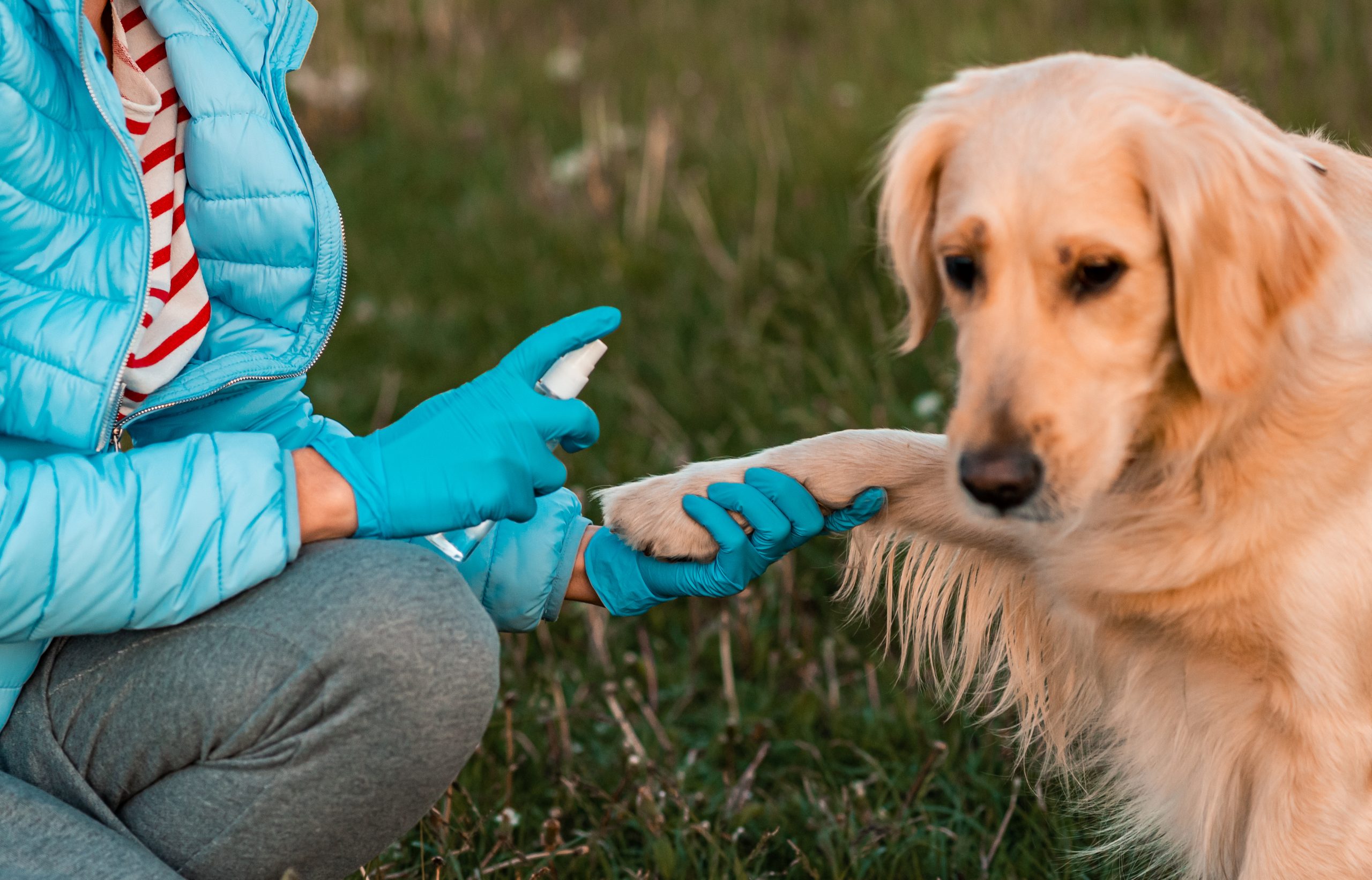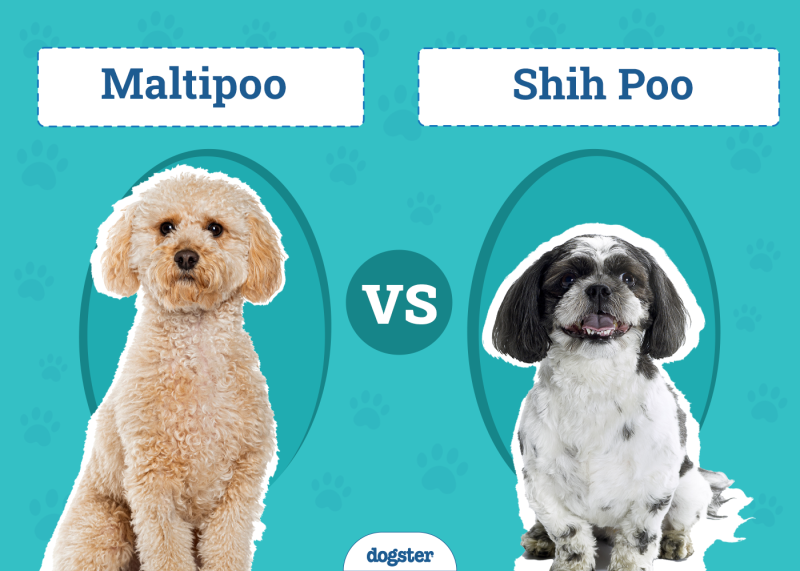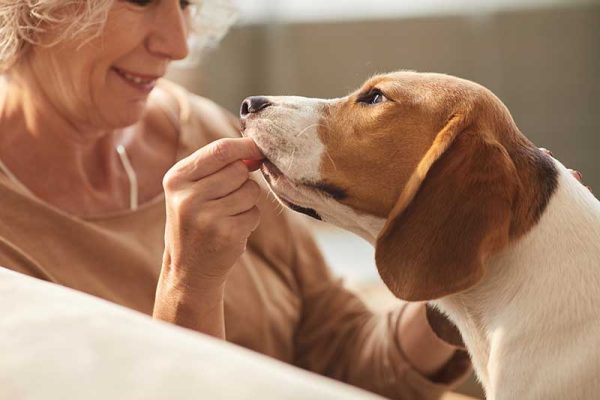With countless communication platforms to keep us connected, finding veterinary help is easier than ever, no matter where you are. It isn’t only that technology has improved. Televet services have expanded, laws have adapted to changing needs, and much of the care your dog may need is now only a phone call away.
Communication advancements offer peace of mind for pet parents planning adventures with their dogs to remote locales, ensuring they’ll have support anywhere they go. Still, it takes more than having your vet’s number saved in your cell.
When you want to ensure you’ll always get the advice and care your dog needs, we’ll explore five ideas to help you talk with a vet if you’re in the middle of nowhere.

The 5 Tips on How You Can Talk With a Vet in the Middle of Nowhere
1. Talk to Your Vet Before Leaving
If you’re planning a trip to a remote area, your usual vet will be your best resource should you need medical help. They will have experience with your dog and access to their medical history, making the experience more personalized. Make sure you have their telephone numbers for day, and out of hours care, stored in your phone and written down somewhere as back up.
Another consideration is the veterinarian-client-patient relationship (VCPR). A VCPR is established with in-person visits, which are usually legally necessary for vets to offer diagnoses, treat pets, and write prescriptions. While some states now let vets establish VCPRs remotely, most have required in-person visits within the past year.
Your vet can provide the most informed advice and broadest remote medical care possible. Ask if they have a telehealth platform for phone or video calls and who you can call if they aren’t available. You can create a dependable action plan for emergencies by discussing your upcoming circumstances.

2. Contact a Televet Service
Assuming you have cell service or an internet connection and can’t contact your usual vet, a televet service is your next best bet to talk with a professional when you’re in the middle of nowhere.
At Dogster, we recommend PangoVet, a highly trusted televet service that offers 24/7 paid vet video chat services by appointment.
- PangoVet: Our top choice
- Vetster: 24/7 app-based paid vet video chat services by appointment
- Chewy Connect with a Vet: Free online vet advice available 6 am to midnight ET
- Pawp: 24/7 app-based on-demand veterinary support
If you have pet insurance, you may also have a free televet service available through your provider. Regardless of who you contact, the help vets can provide remotely is generally limited to answering questions, offering advice, or determining whether you should take your dog to a clinic. They offer a valuable resource and access to qualified veterinarians when you most need it regardless of time of day or night. However, due to the lack of VCPR they may not be able to make diagnoses and prescribe medications.
3. Contact a Poison Helpline
Accidental poisoning can easily happen when your curious pup gets their mouth on the wrong thing during your wilderness adventures. If you’re stuck in the middle of nowhere needing poison control help, you have a few emergency hotlines available, including:
- Pet Poison Helpline: 855-764-7661
- ASPCA Animal Poison Control Center: 888-426-4435
Poison helplines are available 24/7 via online chat or by phone. For a fee, they can help you determine if your pet needs to see a vet and offer first-aid advice and instructions to help in the meantime.

4. Get a Satellite Phone
A satellite phone is a straightforward, albeit pricey, way to reach a vet from almost anywhere. Buying one will set you back over a thousand dollars. You’ll then have to purchase minutes, which also gets expensive.
Buying a phone can make sense if you do lots of traveling to out-of-the-way places and plan to only use the phone for short, emergency calls, but the upfront costs can be substantial.
A satellite phone rental is a cheaper way to ensure you can talk to your vet in the middle of nowhere. Going this route generally only costs a few hundred dollars for minutes and a few weeks of renting the phone. Daily or monthly rental options are available, depending on how long you’ll be in an off-the-grid area.
5. Purchase a Starlink Kit
Starlink satellite internet is an on-the-go solution to get you online and enjoy the full range of veterinary telehealth services, whether you need to talk on the phone, chat, or make a video call. When you and your vet can exchange visual information, they can better understand the issue, provide more appropriate advice, and guide you as you treat your pet.


How Starlink Works
Starlink kits are easy to set up. You only have to plug in and position the unit toward the sky to pick up the signal, which you can catch in some of the most remote areas. The equipment is expensive initially but generally cheaper than many satellite phones. The monthly cost is pricier than many satellite phone per-minute plans, though, and there are no multiple service tiers to suit different use habits or budgets.
Generally, a satellite phone can be a cheaper monthly investment after the initial equipment cost if you only need a way to contact your vet for emergencies, no matter where you are.
Otherwise, the monthly cost of portable satellite internet gives you a vast coverage area and the full breadth of online resources, including televet services, articles, forums, and videos. You can search for answers and contact professionals to get solutions in the most convenient way possible.

Tips for Caring for Your Dog in the Middle of Nowhere
With a reliable satellite phone or internet service and a contact list of veterinary experts, you and your dog are almost ready for safe travels to secluded areas. All that’s left is to assemble your supplies.
In the middle of nowhere, having the proper tools is crucial to give your dog the aid they may need during an emergency. Remote vets may be able to offer advice, but it won’t get you far if you lack the equipment to follow it.
First Aid Kit
Preparation starts with a first aid kit. You can buy one pre-filled with essentials online or build your own to ensure nothing is missing.
- Blunt or round-ended scissors
- Tweezers
- Eyedropper
- Flashlight
- Rectal thermometer
- Gauze and adhesive tape
- Cotton balls
- Saline solution
- Alcohol wipes
- Hydrogen peroxide
- Antibiotic spray
- Activated charcoal
- Bandaging supplies

Power Sources
Portable power banks will be crucial in keeping you connected with charged devices. Get the best solar charger you can afford, or snag a few power packs to fill up before leaving. If you’re traveling in your car, a high-quality charger can keep your packs and devices charged as you drive.

Conclusion
Staying connected is easy when you properly prepare. As you update your microchip information and pack your dog’s gear for your trip off the beaten path, talk to your vet about televet options to keep expert help close by. With a few essential investments and a practical plan, you can be confident your dog will always be safe, healthy, and happy, even in the middle of nowhere.
Featured Image Credit: Michael Carni, Shutterstock



















